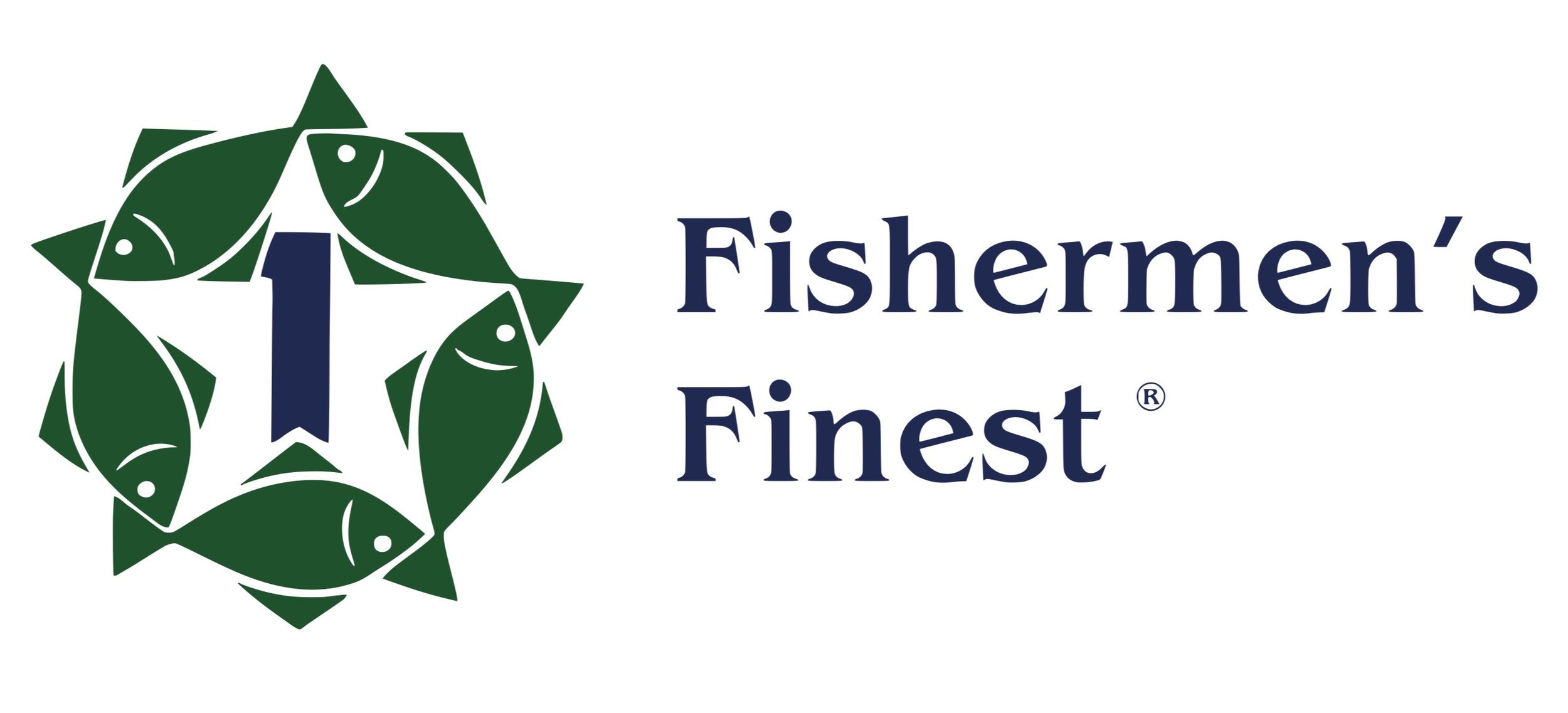Woodley refutes Clampitt
Letter: Trawler Representatives say 50% halibut bycatch reduction is neither fair nor equitable
SEAFOODNEWS.COM [Letters] May 15, 2015
In keeping with our policy on Halibut , both Peggy and I have comments on this letter from Chris Woodley, who is Executive Director of the Groundfish Forum representing the Amendment 80 fleet:
John Sackton: I think the fact that IPHC and the N. Pacific Council have different regulatory roles in Halibut creates some difficult issues - not the least being differing methodology on measurement. Therefore, I see the Council's job as to get past measurement issues, and address the fundamental equity issue at the heart of this conflict. To do so, they have to start from the position that all current users (including bycatch users) have defensible 'rights' for this fish, and then come up with a solution that is equitable for the various sectors and interests involved.
Peggy Parker: NMFS trawl surveys do not estimate halibut biomass across its range. Those surveys only occur in the Bering Sea and (less intensively) in the Gulf of Alaska. They do contribute important information to the IPHC's stock assessment, especially for sub-legal (less than 32-inch) halibut, and they are an indicator of biomass in the eastern Bering Sea. IPHC's assessment of the total female spawning biomass in the last few years notes that it has stabilized near 200 million pounds. The median 2015 estimate of exploitable biomass, consistent with the IPHC's current harvest policy, is 181 million pounds. These numbers apply to the entire range of Pacific halibut -- from northern California to the Bering Sea.
To the Editor:
This letter responds to Mr. Paul Clampitt’s editorial of May 12th (“Halibut Owner Challenges Idea that Bering Sea Bycatch Reduction is not a Conservation Issue”).
We think Mr. Clampitt’s letter misrepresents facts about the current halibut by-catch issue in front of the North Pacific Management Council and draws reckless conclusions.
Suggesting that a 50% reduction in bycatch is a "fair share" action is ridiculous. There is nothing fair, equitable or reasonable in using the blunt tool of a 50% re-allocation that could cost hard working Alaskans and fishermen hundreds of jobs and could remove well over $100 million dollars from the State of Alaska's economy in a single year.
Lets put these claims into perspective and gather more facts to fully understand this issue.
Claim: “Trawl halibut bycatch cap has not changed, but remains the same as it was fixed 20 years ago when halibut was abundant.”
Fact: Halibut bycatch caps were steadily reduced under regulatory action from 2008 to 2012. Since its peak in 1992, overall halibut bycatch in the Bering Sea / Aleutian Island has been reduced by 46% and now halibut bycatch is at its lowest level in 28 years.
Claim: “The halibut biomass has gone down from 400 million in 1990 to 217 million pounds of spawning biomass today.”
Fact: Based upon NMFS trawl surveys, the total halibut biomass (all sizes) in the Bering Sea / Aleutian Islands has increased from ~200 million pounds in 1990 to ~400 million pounds in 2013. More central to this issue is that this stable and now increasing halibut biomass exhibits decreased size-at-age characteristics.
Claim: “The halibut longline fishery is doing everything it can to conserve this fishery.”
Fact: In 2014, the halibut longline fishery discarded 34% of their halibut catch as bycatch (aka wastage) because the fish is too small. Furthermore, the halibut fleet does not have 100% federal fishery observer coverage and other monitoring measures in place which are the norm for trawl fishing vessels operating in the Bering Sea / Aleutian Islands.
With his own fleet lacking in federal observers and bycatch monitoring, Mr. Clampitt proposes that the trawl sectors, which sustainably harvest pollock, flatfish, cod, Atka mackerel and rockfish and provide thousands of year-round jobs both on the vessels and in maritime support services, bear the brunt of this draconian 50% re-allocation of halibut.
For the Amendment 80 Sector alone, his proposal would significantly reduce this fleet’s 500+ port calls made annually in Alaska maritime communities and would gut longshore and stevedoring activities, shipyard, fuel / provision sales and other economic activity that occurs as a result of those port calls and cargo offloads. A 50% re-allocation would greatly reduce this fleet’s fishery landing taxes that generate $3.2 million for State of Alaska coffers and local communities.
Amendment 80 fishermen recognize the significance of halibut bycatch and have worked extremely hard to reduce bycatch by maximizing halibut avoidance, using and fine tuning halibut excluders, operating with two federal fishery observers on board at all times, and actively working with NOAA Fisheries to implement practices which would allow larger and viable halibut to be quickly returned to the ocean.
Halibut catch and halibut bycatch are extremely complicated issues that affect thousands of people who have long depended on healthy fish stocks. It’s time to stop the good guy / bad guy rhetoric, start sticking to the facts and recognize that significant re-allocations of halibut will harm Alaska’s maritime communities and the companies and fishermen that are dependent upon groundfish.
Chris Woodley
Executive Director, Groundfish Forum
Read More:
Fishermen's Finest ~ a team of excellence ~ our name says it all.
